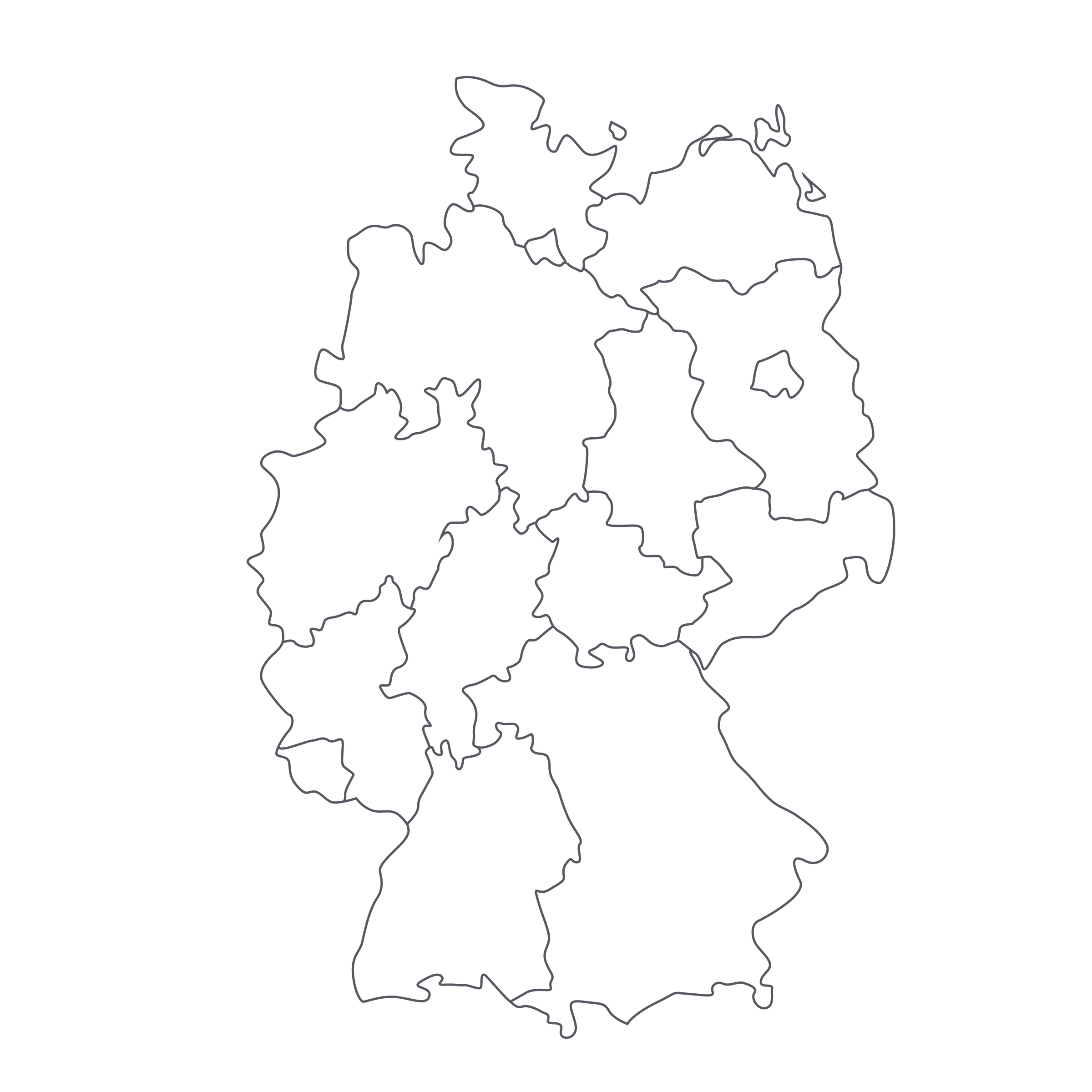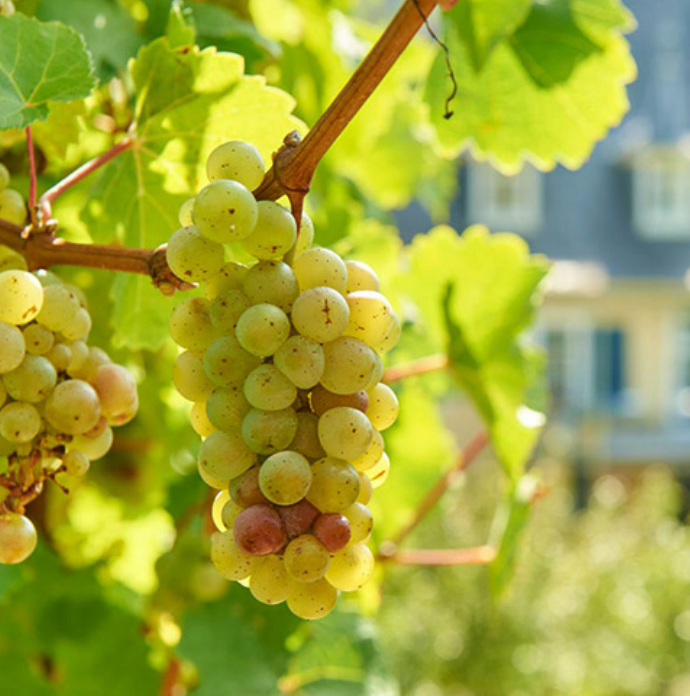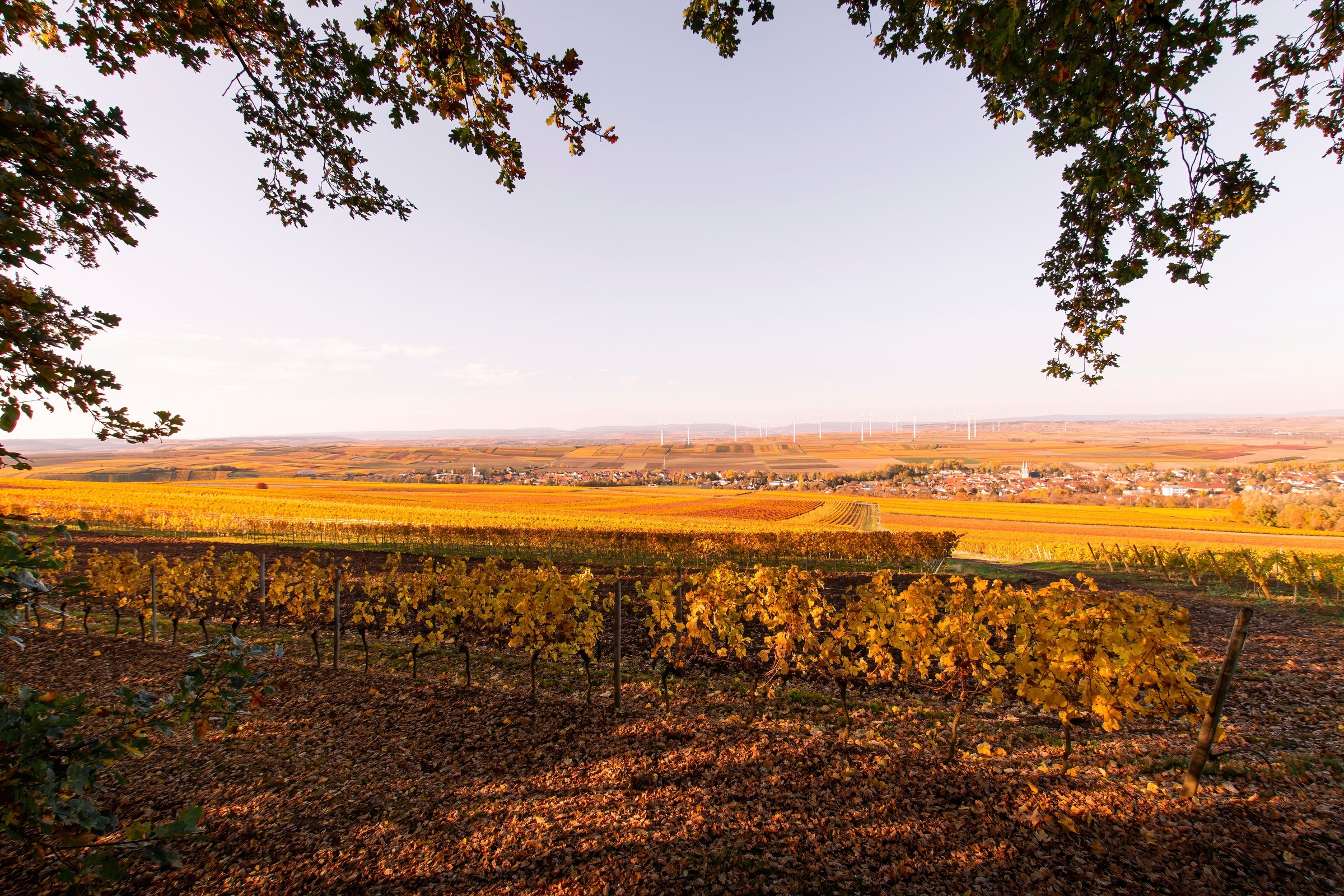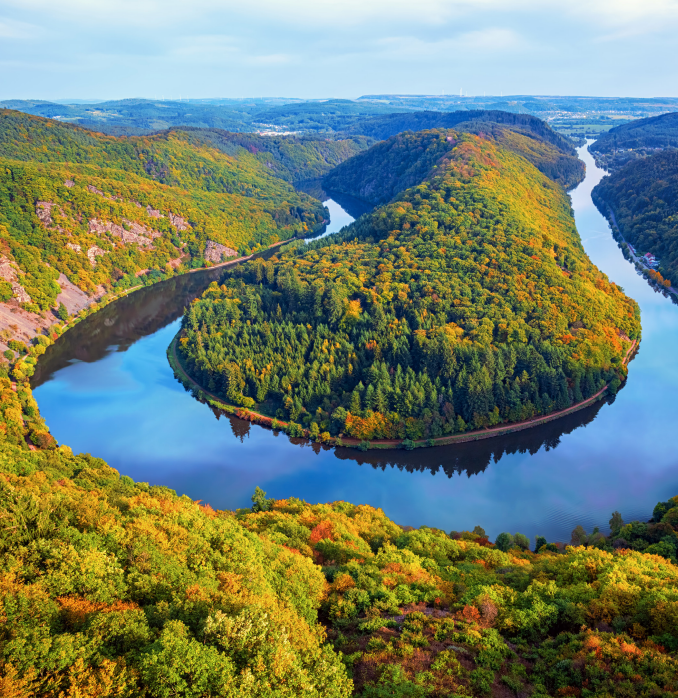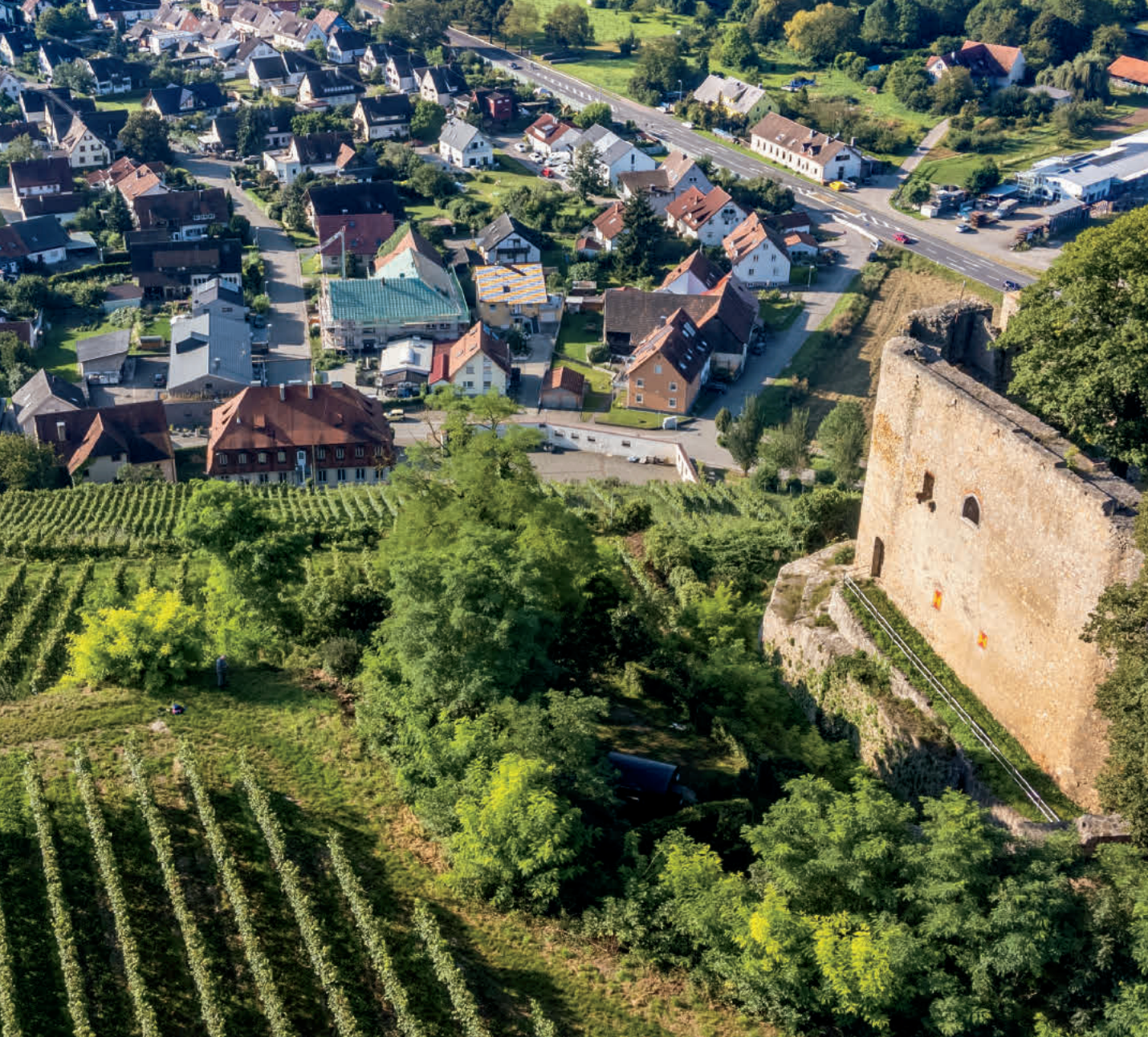Although the allure of mature wine is boundless, a 1990 three-star Riesling Auslese from one of Germany's steepest, most famous vineyards produces a full-blown obsession. This recently unearthed treasure was bottled around the same time the Berlin Wall fell, and afterwards, began its long evolution in the cold, pitch-black solitude of Berres’ underground cellar. Nearly 30 years passed before we discovered and subsequently transferred this stash directly from its place of rest to our warehouse. Having now withstood three decades of frenetic global change, Christoffel-Berres’ historic showpiece delivers a fascinatingly exotic and honeyed taste like no other.
Mature Auslese of this superb price-to-quality and provenance is an equally rare and mesmerizing treat, no doubt, but today’s terroir also deserves a bright spotlight. “Treppchen” is among the most venerated, highly sought after vineyards in the Mosel and the vines here produce profoundly delicious wines of intense richness, minerality, and balance. So, when you finally drink this cellar-direct gem, please take a moment to process and appreciate both its savory fusion of lush fruit/vivid minerality and three decades of flawless preservation/integration. This wine is brimming with untold wisdom and profundity, and it cannot be found anywhere else in the world—do not miss this rarity!
Documentation dating back to the mid-1500s proves that Christoffel-Berres is among the oldest estates in the Mosel, although a major shift came in 1997 when proprietor Otto Christoffel retired and the property was left heirless. Thankfully, their impressive wine library and few precious acres in the vineyards of Würzgarten, Treppchen, and Prälat were taken over by their long-time neighbors and friends at Weingut Karl Erbes.
“Erdener Treppchen” is, like so many great vineyard sites in this part of the world, a place steeped in wine history: A third-century Roman wine press was once found on the site, and the natural stone stairs were installed sometime in the Middle Ages. Spanning about 36 hectares and farmed by an all-star assortment of producers, this hallowed vineyard enjoys incredible exposure on a hair-raising slope filled with old, ungrafted vines. It produces Riesling of hedonism and tension, ones that burst with unfathomably ripe tropical/stone fruits and bracing minerality. It truly does deliver some of the most opulent Rieslings in the Mosel; exposed to so much sun, that wines rarely are harvested at anything below “Spätlese” levels of ripeness. And then we have the terroir it sits on: weathered red slate that clings to a seemingly vertical hillside. The result is a fully-integrated Mosel Riesling of the highest and most age-worthy quality.
In authentic fashion, grapes were harvested by hand in 1990, fermented via ambient yeasts, and matured in large, neutral barrels before bottling in late 1991. The resulting wine then continued aging, without any disturbances, for nearly 30 years before we purchased today’s small parcel. It arrived in our warehouse, directly from Germany, just last week.
So, what of the three stars preceding “Auslese” on today’s label? Essentially, this is yet another unregulated marker of quality that is employed by several top estates in the Mosel. For Christoffel-Berres, it denotes the highest and ripest quality of Auslese Riesling from their Treppechen holdings for that year. So when you open this bottle, you’re not just getting a 30-year-old Riesling Auslese from a top site—you’re getting the estate’s ripest and very best Riesling Auslese from 1990. In the glass, it pours a beautiful amber with deep golden hues and after 5-10 minutes begins effusing lush aromas of apricot liqueur, guava, mango peel, honey, bruised peach, citrus blossoms, white mushroom, crushed slate, petrol, and an herbal backbone à la yellow Chartreuse. It bursts with luxuriously ripe layers that move from sweet to savory thanks to a constant rush of enlivening acidity. This is technically a “sweet” wine, yes, but after 30 years of evolution, the focus is on the plush core of mature exotic fruit, bracing mineral backbone, and high-toned petrol note—not the residual sugar. What never ceases to amaze us with these old Rieslings is their sheer energy: This ‘90 was still brimming with life well into its second day of being opened, so there’s no need to gulp it down quickly; take your time savoring this exquisite gem!

